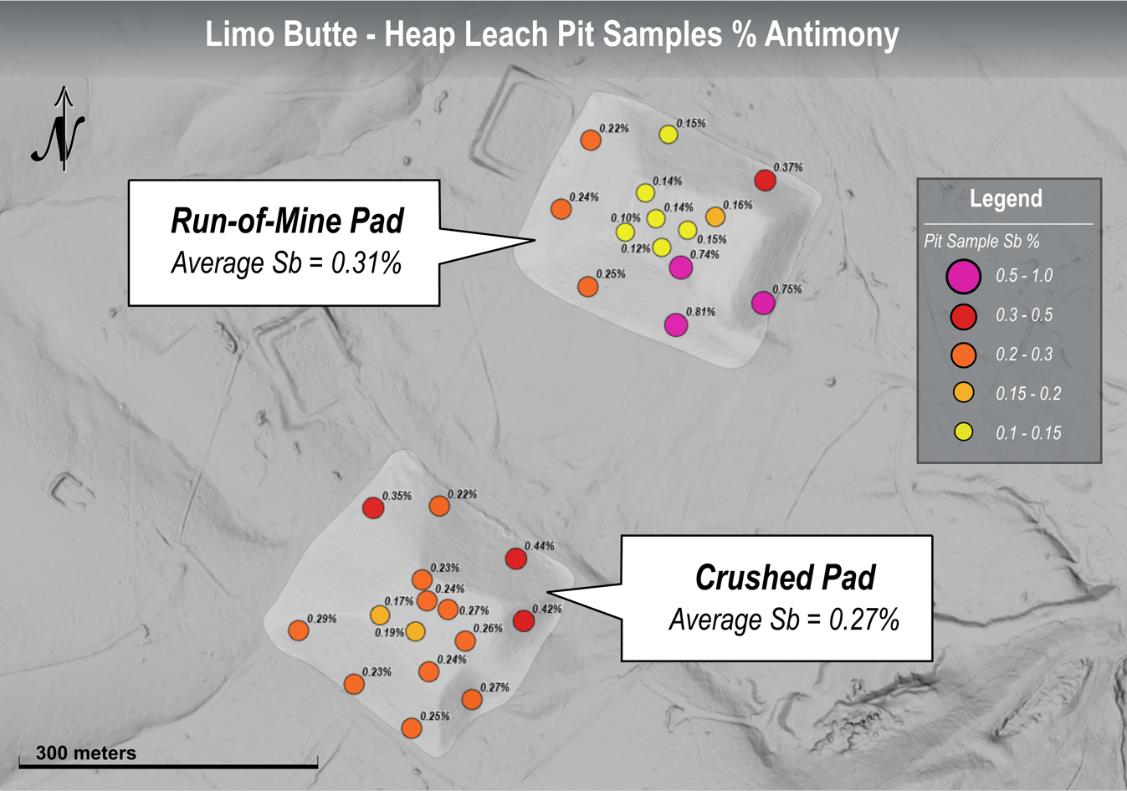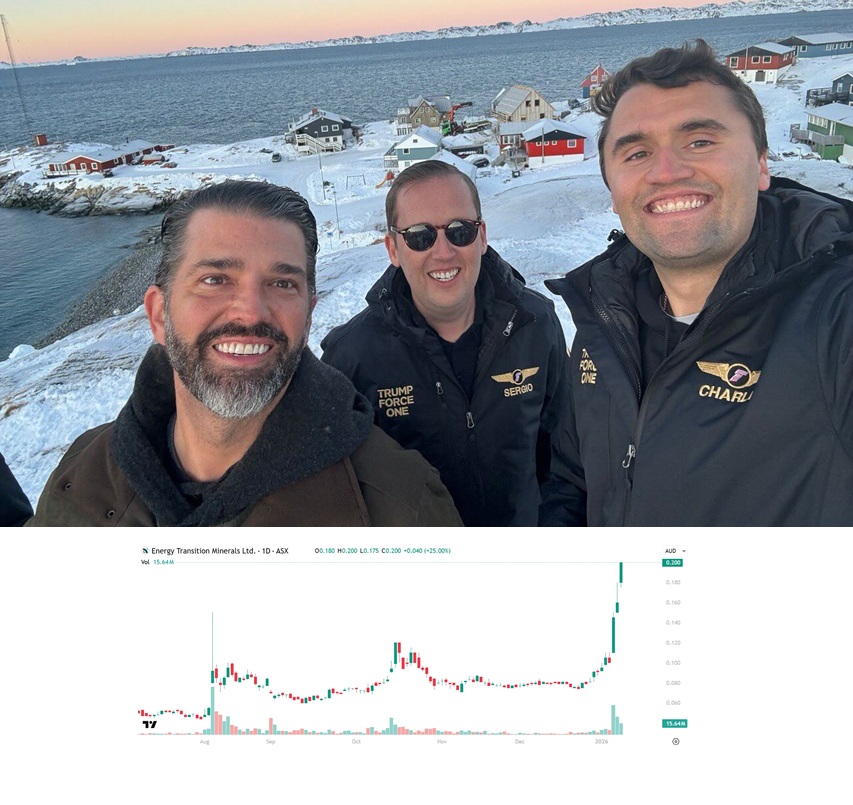
Noble Gains 9.52% to New 52-Week High of $0.115!
NIA's second to latest brand-new stock suggestion Noble Mineral Exploration (TSXV: NOB) gained by 9.52%…
Important NIA Friday Afternoon Update
Highlander Silver (TSX: HSLV) is eliminating approximately US$100 million of Bear Creek Mining debt +…
NevGold Hits New 52-Week High
On Tuesday morning, NIA sent out an alert entitled, “NevGold and ETM Are Biggest Two…
QIMC Hits New All-Time High on Massive Volume
NIA's third to latest brand-new stock suggestion QI Materials (CSE: QIMC) gained by 5.13% today…
We Hope Erika Kirk Still Has Charlie’s Shares
Energy Transition Minerals (ASX: ETM) is up by 25% this evening in ASX trading to…
OSS Finally Hits New All-Time High
On the evening of December 5, 2024, NIA announced One Stop Systems (OSS) at $2.41…
Energy Transition Minerals (ASX: ETM) Gains 10.34% to New 52-Week High of $0.16!
Energy Transition Minerals (ASX: ETM) gained by 10.34% this evening in ASX trading to a…
One of NIA’s Biggest Days Ever
On Monday morning, NIA predicted, "One Stop Systems (OSS) is likely to benefit big from…
CRML Up 18% Today, But President Trump Doesn’t Want Tanbreez
Critical Metals (CRML) is up another 18% today and is up by 100% year-to-date to…
NIA’s AI Picks Hitting New Highs, Announcing New Orders
NIA's #2 ranked overall stock suggestion for 2026 and #1 favorite AI stock suggestion Trio-Tech…





















